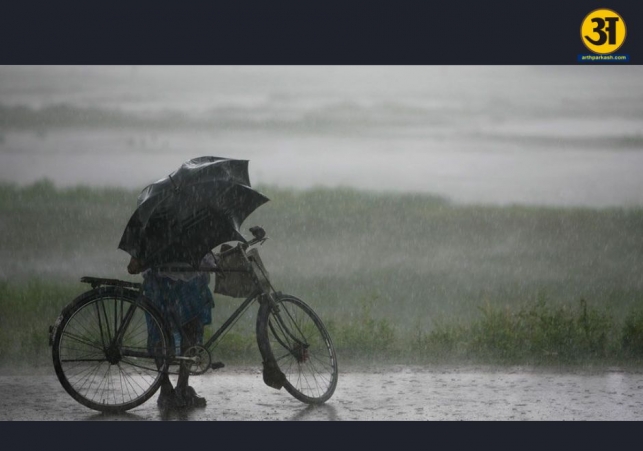
IMD predicts heavy rain for Northwest and East India
IMD forecasts heavy rainfall across Northwest and East India
The India Meteorological Department (IMD) predicts heavy rainfall in several parts of India over the next few days. Northwest, east, and northeast regions are expected to experience significant rainfall. However, there is a 4% deficiency in monsoon rain across the country, with specific areas facing higher deficits.
Regional rainfall predictions
In Jammu and Himachal Pradesh, isolated very heavy rainfall is likely on July 5. Uttarakhand may experience heavy rain until July 7, while Punjab and Uttar Pradesh are expected to receive heavy showers on July 5 and 6 respectively. The IMD warns of potential flooding in these regions.
Currently, a cyclonic circulation over southeast Pakistan and a trough extending from Pakistan to Bangladesh are influencing weather conditions. Another cyclonic circulation over west Jharkhand is also affecting weather in the region. These systems are expected to bring widespread light to moderate rainfall across northwest and central India in the coming days.
ALSO READ: UP Government Official's Letter details Hathras Stampede tragedy
Local weather conditions
Despite widespread rain in most parts of India, Jammu & Kashmir and Ladakh continue to experience unusually high temperatures. In Srinagar, temperatures reached 35.6°C, significantly above normal. Ladakh, known for its cold climate, recorded temperatures as high as 33°C in Kargil and 31.9°C in Leh. This heatwave is attributed to prolonged dry spells in the region.
The IMD predicts isolated heavy rainfall in various states including Jammu & Kashmir, Himachal Pradesh, Uttarakhand, Punjab, Uttar Pradesh, and Rajasthan over the next few days. The monsoon trough, currently near normal position, is expected to shift northward, potentially affecting Delhi with patchy rain.
ALSO READ: Akhilesh Yadav criticizes Government over deadly stampede in UP's Hathras
Officials report rising water levels in Ladakh's rivers due to accelerated glacier melting caused by high temperatures. This phenomenon underscores the environmental impact of climate change in the region.
The IMD continues to monitor these weather patterns closely and advises residents in affected areas to stay updated with local forecasts and take necessary precautions against potential flooding and adverse weather conditions.





